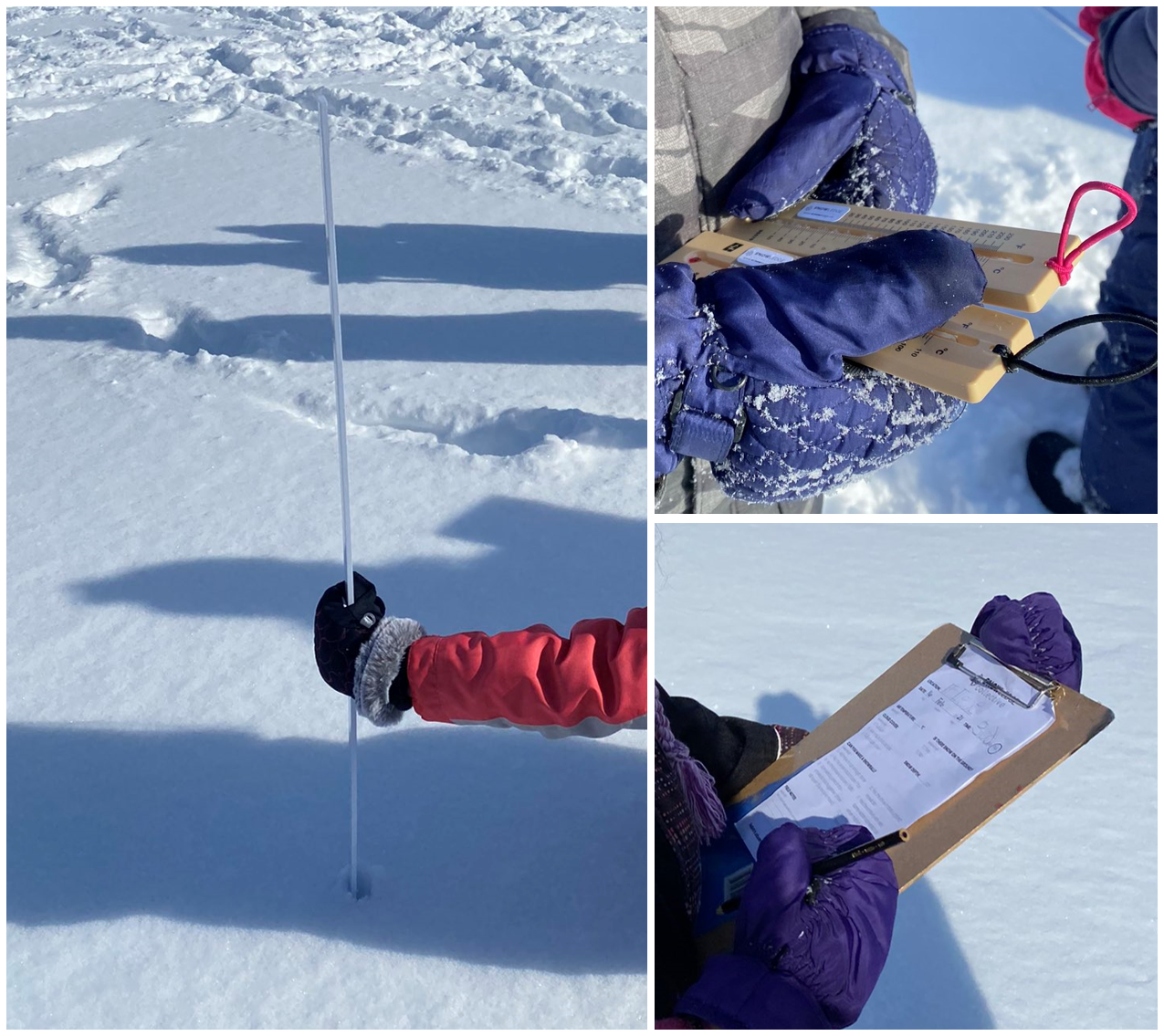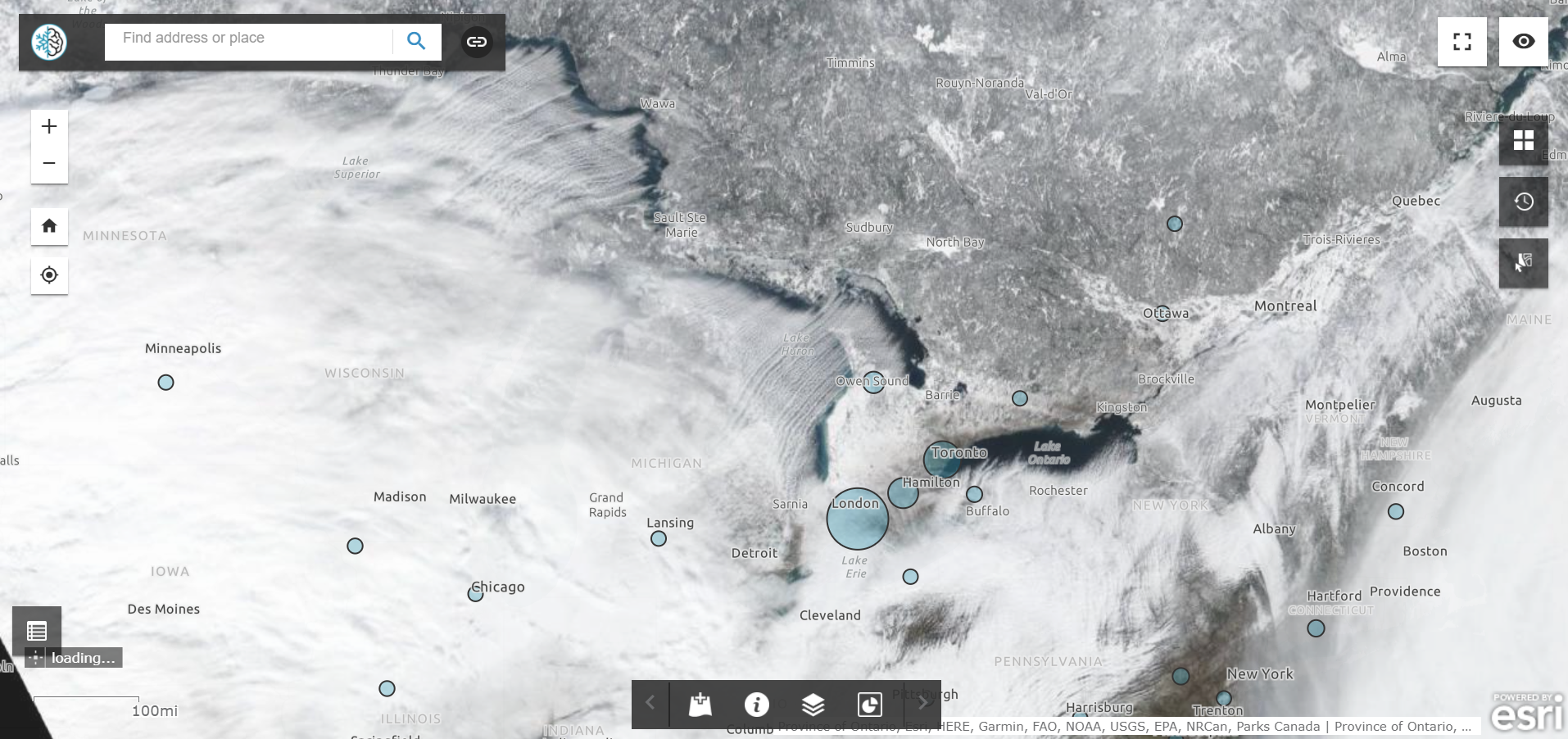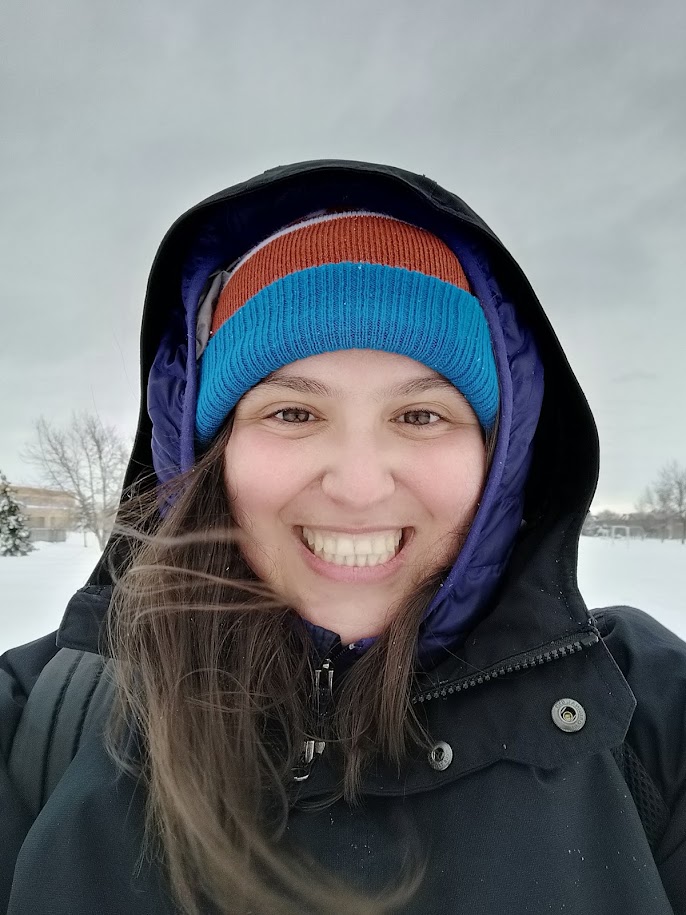
As snow blankets the world each winter, the colder temperatures and shorter days can tempt us to curl up indoors with a hot chocolate, watching the winter landscape through the window. But there’s still much to be learned from the great outdoors! That’s why Sknowledge Collective — short for Snow Knowledge — is bringing the wonder of winter into classrooms, and bringing K-12 students outside.
Children are already keen observers when it comes to snow. Is tomorrow going to be a snow day? I wonder how much snow we’ll get today! How long will the snow stay on the ground? Sknowledge Collective harnesses this natural curiosity by directing students to maintain a local record of snow conditions, all while spending time learning and playing outside. It’s a great way to reinforce math, science and geography concepts — and more!
Take Part: Sknowledge Collective
At Sknowledge Collective, We All Know Snow
The Sknowledge Collective is a school-based citizen science initiative based out of the University of Toronto in Canada — though we welcome anyone to participate! We launched in 2020, but have been in development since before 2018.
Inspired by the excitement of the first snowfall of the year (and every snowfall thereafter), we seek to expand researchers’ access to ground-based snowfall monitoring while also offering educators curriculum-linked learning opportunities that will get students outside.
Meteorologists and other scientists need widespread, on-the-ground data for what’s called ground-truthing: comparing satellite images of earth observations to what you see on the ground. This is important so they can better understand local variability of snow depth and snow cover extent, and how it is changing over time. Some areas are particularly underserved by existing monitoring networks, and the citizen scientists of Sknowledge Collective are working hard to remedy that.
Meanwhile, students have the opportunity to make learning connections that span across many disciplines. They’ll learn about the hydrologic cycle, graphing, estimation, mapping, weather, climate, measurement and so much more!

How to participate
Getting started with the Sknowledge Collective is simple! Typically, each participating class (or individual) heads outside once a week, from mid-November to mid-May, with meter sticks and thermometers in hand. Participants record snow depth, cloud cover, air temperature and their ability to make a snowball at 2 to 10 different locations within their school yard, backyard or park.
Participants upload their observations through the online portal, where their observations will automatically appear on the interactive map. Here, students and all other participants can view their own observations alongside others’ and track their observations through time and space, all while exploring coincident near-real-time satellite earth observation imagery. Students — and researchers — will be able to see how well the satellite observations agree with the on-the-ground observations.
While measuring the amount and presence of snow on the ground is central to the initiative, we hope this further enhances student connection to their surrounding environment and community. The interactive map will ultimately serve as a tool for schools and their broader communities to maintain a record of local snow and temperature conditions year after year.
Become a part of your local observing network!
All of our resources are freely available to download from our website, including data collection protocols and worksheets, along with instructions on how to submit observations and use the interactive map. The perfect place to start is our handy quick start postcard outlining the three easy steps to getting started. With the onset of the COVID-19 pandemic leading to periodic school closures, we’ve developed an abbreviated data collection protocol for families to participate from home.
Educators in Canada can reach out to us for a free toolkit of materials to participate. Depending on availability, these kits include a set of thermometers, meter sticks and a resource package.
We’d love to have you join us! Visit our webpage for all the information you’ll need to participate. Bring your curiosity and learning outside as you conduct your very own snow investigations. We look forward to learning from each other and sharing sknowledge!
Have a question? Want to learn more? Connect with us! We’d love to hear from you! You can find us on Twitter @sknowledgeco, Instagram @sknowledgeco or reach out through our website at www.sknowledge.ca/connect.
Importantly, the Sknowledge Collective is grateful for every single student, educator, family member, volunteer and participant who has contributed their observations, feedback and time to the project. Your contributions and eagerness to learn are what makes this project possible as #TogetherWeKnowSnow!
Partial funding support is from the Social Sciences and Humanities Research Council of Canada.
About the author

Larissa Pizzolato is the founder of the Sknowledge Collective and is a PhD Student in the Department of Physical and Environmental Sciences at the University of Toronto, in Toronto, Ontario, Canada. She’s an environmental scientist, educator and a cartography enthusiast that enjoys spending as much time as she can outdoors. Her research is at the intersection of citizen science and education, exploring the use of low-cost technologies to augment existing in-situ data collection activities to support satellite-derived earth observation data validation.

